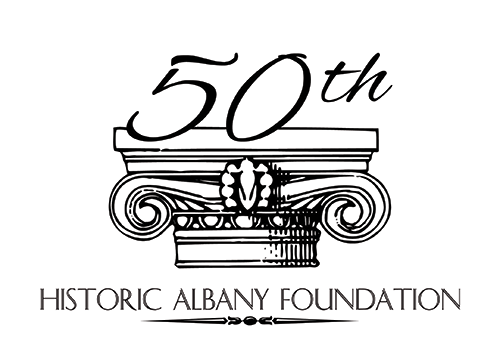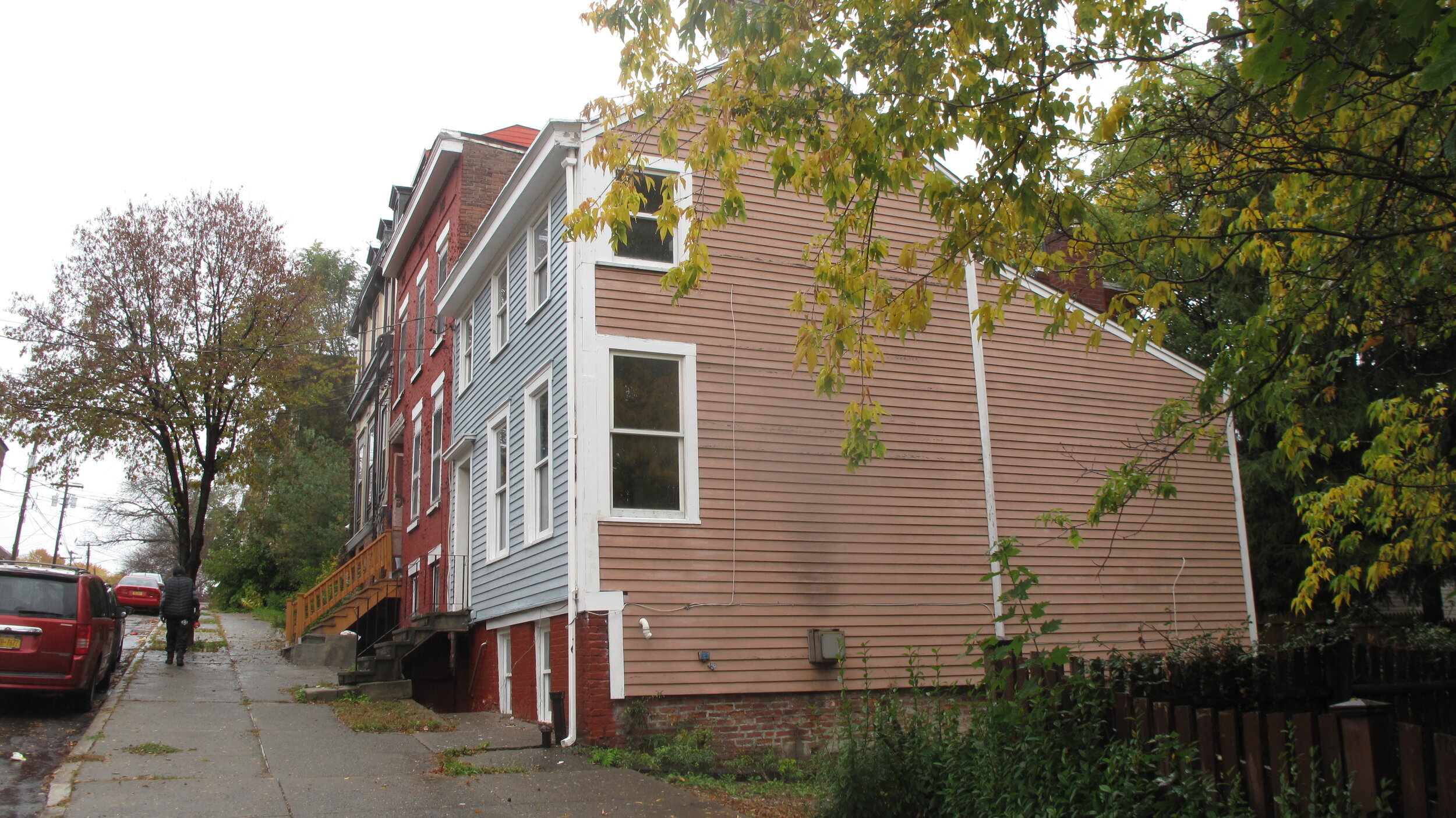#WhereinAlbany - Underground Railroad Education Center
/Last week’s #WhereinAlbany, as many of you correctly guessed, was indeed the Underground Railroad Education Center, 194 Livingston Avenue, also known as The Stephen and Harriet Myers Residence.
This brick Greek Revival townhouse, constructed in 1847, has an incredibly important history as the Capital Region headquarters for the Underground Railroad. It is listed on the State and National Register of Historic Places, and now serves the community as a cultural and historic museum where the public can learn about the building’s role in the civil right’s movement, as well as the story of the people whom this monument to freedom helped.
A Brief History
Stephen Myers was a prominent abolitionist, born as a slave in Hoosick, NY around 1800. After being released from slavery in 1818, Stephen married his wife, Harriet, in 1827, whose family worked in shipping and owned a sloop that travelled from New York City to Albany. The couple had 5 children.
stephen myers
Stephen was extremely active within the African-American community, lobbying and working tirelessly to create economic and educational opportunities, helping enslaved people on their journey from the South to freedom, and publishing The Northern Star & Freemen's Advocate a “prominent voice for freedom and Black rights”, with the assistance of his wife.
“the Stephen and Harriet Myers Residence for all of us, today and for generations to come, will stand as a constant reminder of the unresolved issues that are part of the legacy we have inherited, and, as before, are willing to band together to protect and strengthen that thread of freedom woven into We, The American People….” (Historic Structure Report)
194 Livingston Avenue
For over three decades Stephen and Harriet helped African-Americans escaping slavery by creating a safe haven at the very property which still stands at 194 Livingstone Avenue, contributing greatly to the movement. For some time it was also the headquarters of the Vigilance Committee of Albany; an organization which helped thousands of individuals by raising money, providing safe houses, and organizing routes to safety. Stephen served for several years as chairman of this committee.
The house itself was built by John Johnson - believed to have been Harriet’s brother - in the Greek Revival style, which was very popular at the time. By the middle of the 20th Century, however, the building was vacant and fell into decline. Thankfully the house’s important history saved it from demolition, with local historians Paul and Mary Liz Stewart advocating for its restoration.
The Underground Railroad Education Center as we now know it began a restoration project in 2007, with more than $950,000 being raised toward a project goal of $1,500,000. If you’d like to donate to the restoration of this building please visit their website here.
Read the Historic Structure Report >>
Visit >>
Please call (518) 621-7793 before visiting, Monday through Friday: 5pm-8pm, Saturday: 12pm-4pm, Sunday closed





















